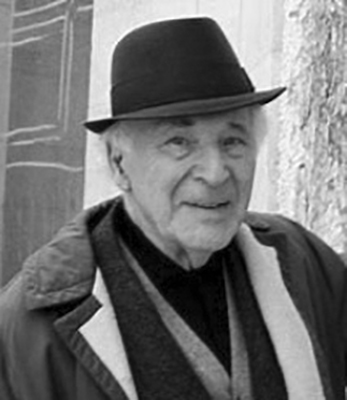 Born in Belarus in 1887, Marc Chagall tapped into several major styles, including Cubism, Fauvism, and Symbolism and is regarded as one of the most important artists of the 20th century. Chagall studied at the Imperial Society for the Protection of the Arts in St. Petersburg, and then moved to Paris in 1910. Here, he developed his innovative and poetic approach under the influence of the Impressionist, Post-Impressionist, and Fauvist pictures he saw in Paris museums. After mounting his first solo exhibition in 1914 in Berlin, he returned to Vitebsk, Belarus, and became stranded by the outbreak of World War I. Nevertheless, he continued painting and married Bella in 1915. He returned to Paris with his wife and daughter in 1923.
Born in Belarus in 1887, Marc Chagall tapped into several major styles, including Cubism, Fauvism, and Symbolism and is regarded as one of the most important artists of the 20th century. Chagall studied at the Imperial Society for the Protection of the Arts in St. Petersburg, and then moved to Paris in 1910. Here, he developed his innovative and poetic approach under the influence of the Impressionist, Post-Impressionist, and Fauvist pictures he saw in Paris museums. After mounting his first solo exhibition in 1914 in Berlin, he returned to Vitebsk, Belarus, and became stranded by the outbreak of World War I. Nevertheless, he continued painting and married Bella in 1915. He returned to Paris with his wife and daughter in 1923.
Marc Chagall died in Saint-Paul de Vence, France, on March 28, 1985, leaving behind a rich legacy as a major Jewish artist and a pioneer of modernism.

